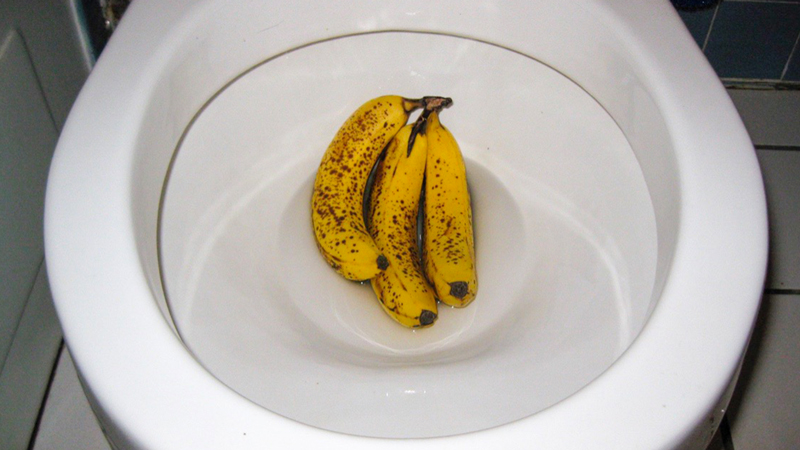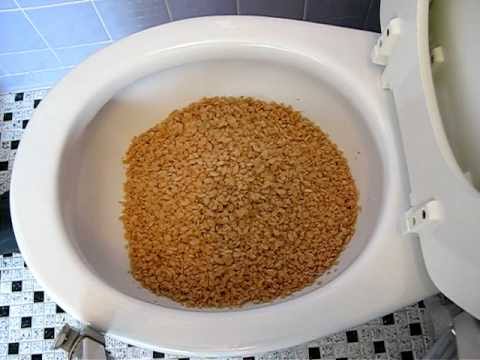Can One to Dispose of Food in the Toilet?
Can One to Dispose of Food in the Toilet?
Blog Article
The article author is making a number of good points relating to Flushing Food Down the Toilet? overall in this great article followed below.

Intro
Many people are often confronted with the dilemma of what to do with food waste, particularly when it involves leftovers or scraps. One common concern that emerges is whether it's fine to flush food down the bathroom. In this write-up, we'll look into the reasons that people may consider flushing food, the repercussions of doing so, and alternative techniques for correct disposal.
Reasons people could take into consideration purging food
Lack of understanding
Some people might not recognize the prospective damage brought on by flushing food down the bathroom. They might erroneously believe that it's a safe method.
Convenience
Purging food down the bathroom might feel like a fast and simple remedy to taking care of undesirable scraps, specifically when there's no neighboring garbage can readily available.
Idleness
In some cases, people might simply select to flush food out of large laziness, without thinking about the repercussions of their actions.
Repercussions of flushing food down the commode
Environmental impact
Food waste that ends up in rivers can contribute to air pollution and injury aquatic environments. In addition, the water used to flush food can strain water sources.
Pipes concerns
Flushing food can lead to clogged up pipes and drains, triggering costly plumbing fixings and aggravations.
Types of food that need to not be purged
Fibrous foods
Foods with coarse textures such as celery or corn husks can obtain entangled in pipelines and trigger clogs.
Starchy foods
Starchy foods like pasta and rice can absorb water and swell, bring about blockages in pipes.
Oils and fats
Greasy foods like bacon or cooking oils ought to never be flushed down the commode as they can solidify and create clogs.
Correct disposal techniques for food waste
Using a garbage disposal
For homes furnished with waste disposal unit, food scraps can be ground up and flushed via the pipes system. Nonetheless, not all foods appropriate for disposal in this way.
Recycling
Particular food packaging materials can be reused, minimizing waste and reducing environmental effect.
Composting
Composting is an environmentally friendly method to take care of food waste. Organic materials can be composted and utilized to enhance soil for horticulture.
The relevance of appropriate waste monitoring
Lowering ecological harm
Correct waste management practices, such as composting and recycling, aid reduce contamination and protect natural deposits for future generations.
Securing pipes systems
By avoiding the practice of flushing food down the commode, house owners can protect against expensive plumbing repair work and preserve the integrity of their plumbing systems.
Conclusion
In conclusion, while it may be appealing to flush food down the bathroom for convenience, it is very important to understand the potential consequences of this action. By taking on appropriate waste administration methods and getting rid of food waste properly, individuals can contribute to healthier pipes systems and a cleaner environment for all.
FLUSH FOOD DOWN THE TOILET?
FLUSHING FOOD CAN CAUSE BLOCKED DRAINS IN YOUR HOME
All of the plumbing fixtures in your home are connected to the same sewer pipe outside of your home. This outdoor sewer pipe is responsible for transporting all the wastewater from your home to the Council sewer mains. Even small pieces of food that go down the kitchen sink can cause problems for your sewer. It should therefore be obvious that flushing larger bits of food, such as meat, risks a clog in either the toilet itself or the sewer pipes. Flushing greasy food is even more problematic because oil coagulates when it cools, coating the interior lining of your pipes.
THE TOILET IS NOT A BIN
Food isn’t the only thing that people shouldn’t be flushing down the toilet. People use the toilet to dispose of all kinds of things such as tampons, makeup wipes, dental floss, kitty litter and even underwear. Water goes to great lengths to educate residents about the high costs and stress placed on wastewater treatment systems simply from people flushing the wrong stuff down the toilet. It costs taxpayers millions of dollars each year, and homeowners thousands in blocked drain repairs.
FLUSHING FOOD IS A WASTE OF WATER
Flushing food is a waste of our most precious resource - water. In June this year Level 1 water restrictions were introduced to protect water supply from drought conditions. Much of New South Wales continues to be affected by prolonged drought with recent figures revealing up to 97 per cent of the state remains in drought. Depending on whether you have a single or dual flush toilet, every single flush uses between five and 11 litres of water. In the current climate this is a huge amount of water to be wasting on flushing food that should be placed in the bin (or better yet, the compost).
https://www.jabplumbingsolutions.com.au/blog/can-you-flush-food-down-the-toilet

As an enthusiastic reader on Think Twice Before Flushing Food Down Your Toilet, I assumed sharing that piece of writing was valuable. Loved our write-up? Please quickly share it. Let another person discover it. Thank you for going through it.
Click Here Report this page